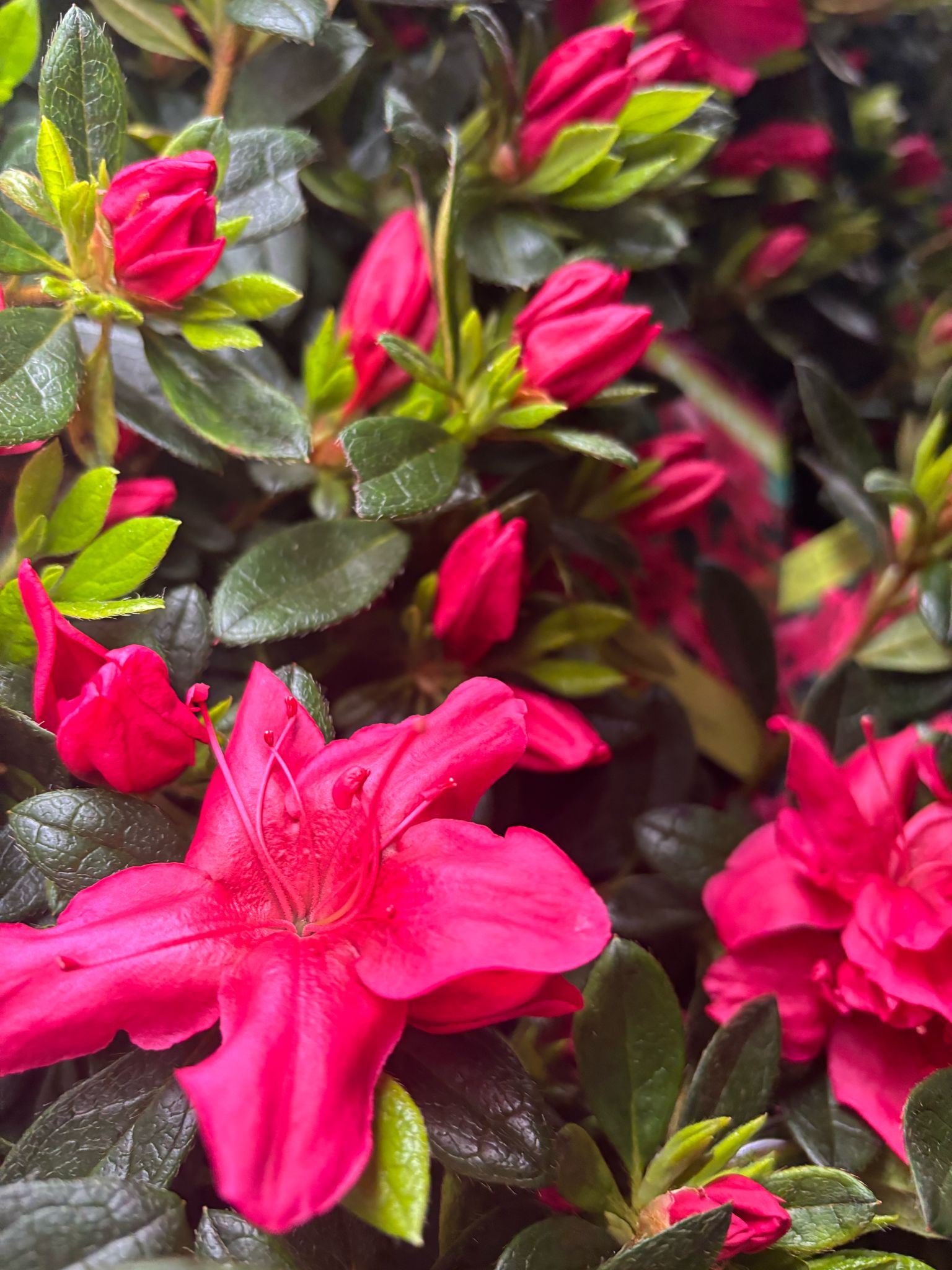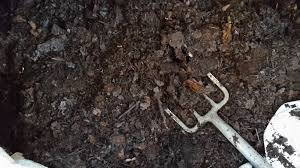
Gardening with birds in mind is so important these days when small birds are challenged by problems such as climate change, habitat challenges and bird flu.
There are lots of great plants to grow in your garden and some of them provide fantastic food and shelter for garden birds as well. You don’t need to have a big garden to attract wildlife, you just need to think about what birds need and plan – and plant – accordingly.
Best trees for birds
Holly – A holly tree provides great shelter during nesting season. Add to that the berries they produce during winter and you’ve got a tree that birds adore.
Fruit trees – As well as attracting birds, fruit trees are great for insects and bees. They will pull in pollinators from far and wide which makes for a healthy, happy garden with plenty of fruit and flowers. If you’re short on space, you can buy dwarf trees and plant them in pots.
Amelanchier – Trees are great for providing shelter and protection for birds. Even if you have a small garden, do make room for one tree. Amelanchier is a great choice. Birds love the little fruits it bears and it has gorgeous colour come autumn which you can admire.
It’s not just trees that attract birds, there are various shrubs that fulfil their needs too.
Sambucus – Elder As well as the birds loving this shrub, so do we! It’s a very easy going plant as it will flower year after year and is happy anywhere in the garden. It has very tasty shiny fruits in late summer, and insects love the spring blossom, which in turn attracts birds to feed on those insects.
Lavender – Lavender is one of those must-have garden plants that looks great planted on its own or with other plants. It’s a multitasker, providing cover for some birds and seeds for others!
Cotoneaster – Its not fancy but this shrub provides food and shelter – from it’s berries and it’s twiggy growth.
Barberry – Berberis Another shrub providing a combination of food and shelter. It’s not quite as ‘pretty’ as other shrubs but it’s attractive to birds nonetheless.
Wisteria – Wisteria is definitely a looker! But its what underneath that counts and this is a cracking climber. With its woody growth and large leaves, it’s a fantastic shelter for all sorts of birds. Perfect for nesting, it also is a haven for insects, which keeps the birds fed and happy.
Ivy – A familiar climber, the flowers of ivy attract insects and the birds that feed on them. Its foliage provides cover for nests while the black berries are sustenance during winter
Sunflower – Once in flower, a very popular plant for birds and insects alike. Insects adore the pollen it produces and birds the seeds.
Ice Plant – Sedum – A classic addition to the late summer border, the Ice Plant is also a winner when it comes to bird life too. There are lots of varieties to choose from but go for a species rather than a hybrid if possible, such as sedum spectabile forms like ‘Autumn Joy’, as these will produce seeds which some birds like finches are drawn to. But it’s leaving the stems through the autumn that is crucial, providing a habitat for insects and foraging birds late in the season.
Ornamental grasses – Grasses with ornamental flower heads and foliage provide a fantastic food source for birds. In autumn and winter it has lots of tasty seeds and its stems make for excellent cover. By spring its stems and foliage have died off but are ideal for building nests.
Lawn flowers – Gone are the days of a perfectly mowed lawn! If you can manage, give the grass a cut every few weeks. Clovers, dandelions and daisies will appear and it will be heaven for insects thereby attracting the birds.
Thistles – Thistles can get a bit of a bad rep but birds love their seeds. Eryngium is a particular favourite here at The Green Room as it comes in a range of sizes so can fit into the smallest of spaces.
If you need any help choosing plants to attract birds to your outdoor space, get in touch, we’d love to help.










